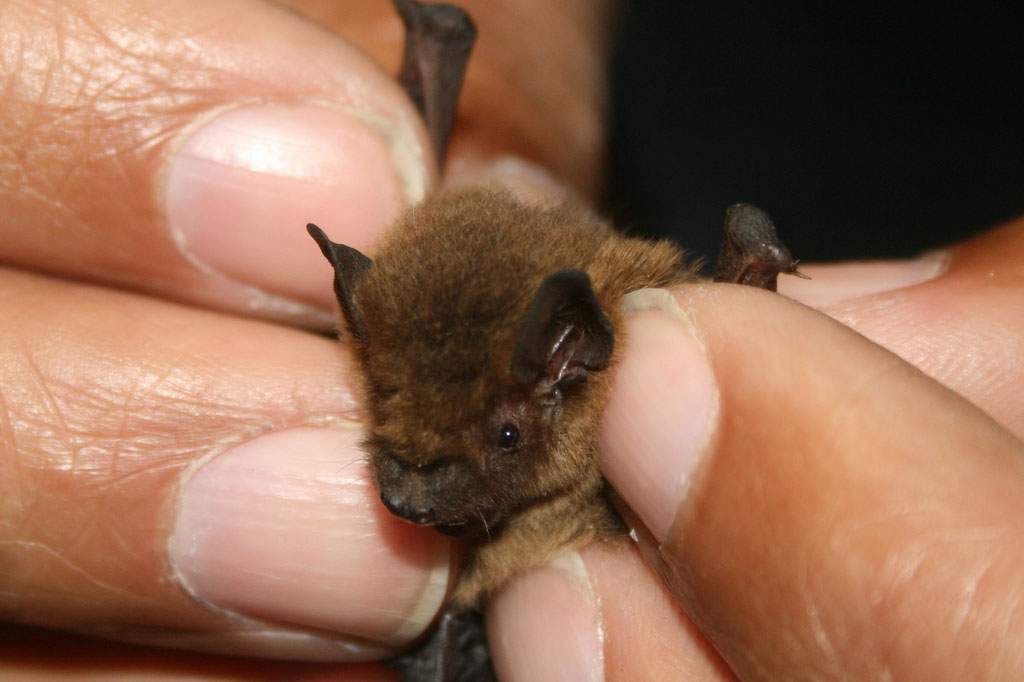
Bats are amazing. They capture insect prey in midair in darkness using their sonar echolocation system. They emit ultrasonic cries, sense the returning echoes, and use this information to track their prey, all while zooming through dense forests without colliding with branches.
Scientists don't fully understand how this echolocation system works so well. But in 2017, researchers published findings that provide a clue. It turns out that an important part of their skill has to do with their ability to change the shape and direction of their ears.
Bat Ears
Bats have more than twenty muscles devoted to moving their ears. Humans, and most other mammals, have only four. They can change the shape of their ears in a tenth of a second.
Bats also control their outgoing cries, which, in horseshoe bats, are emitted through the nostrils. These bats have a structure called a nose leaf that acts like a megaphone to direct outgoing sound, and they can change its shape too.
Model Behavior
Scientists studied changes in the shape of the ears and nose leaf of echolocating bats with stereo imaging and tomography. Then, they used computer models and 3D printed models of these structures to simulate how the shape changes influence sounds.
They found that the changes could help bats localize echo sources in space.
Similar to Humans
This is like the way that humans use eye movements to explore their environments. Humans can only see sharply over a small two-degree patch of the visual field. We move our eyes two to three times a second to direct this patch where it is needed. Both bats and humans use active movements to gather sensory information.
Thank you to Sonja Vernes, Donders Institute for Brain, Cognition and Behaviour for reviewing this episode's script.
Sources And Further Reading:
- "Bats show ability to change their ear shapes, making their hearing more flexible." Phys.org. November 14, 2011. Accessed August 14, 2017.
- Niler, Eric. "Why bats move their ears like cute dogs." Seeker. September 8, 2016. Accessed August 14, 2017.
- Virginia Tech. "For horseshoe bats, wiggling ears and nose makes biosonar more informative." ScienceDaily. (accessed August 11, 2017)









